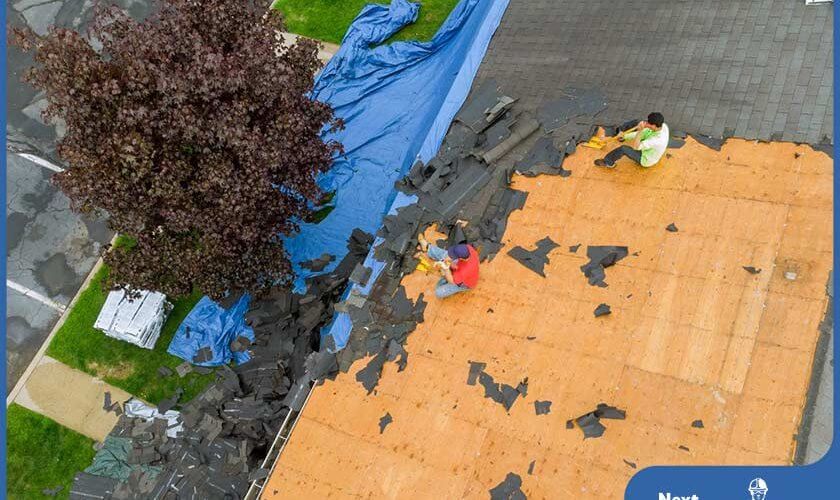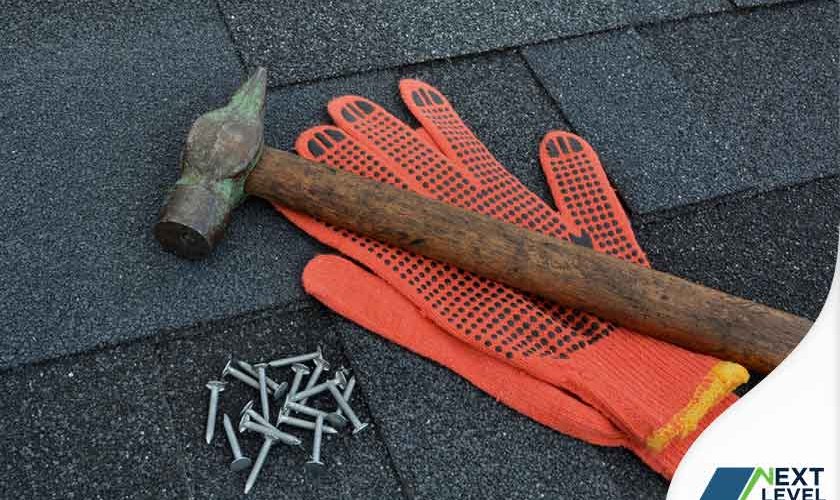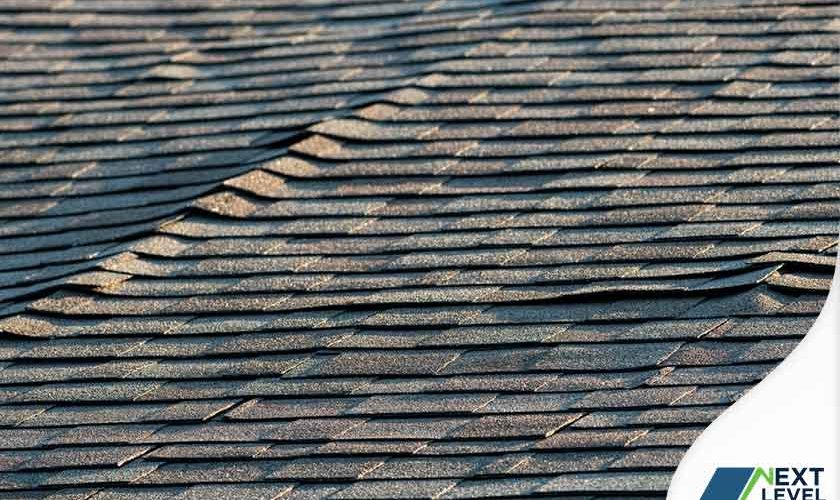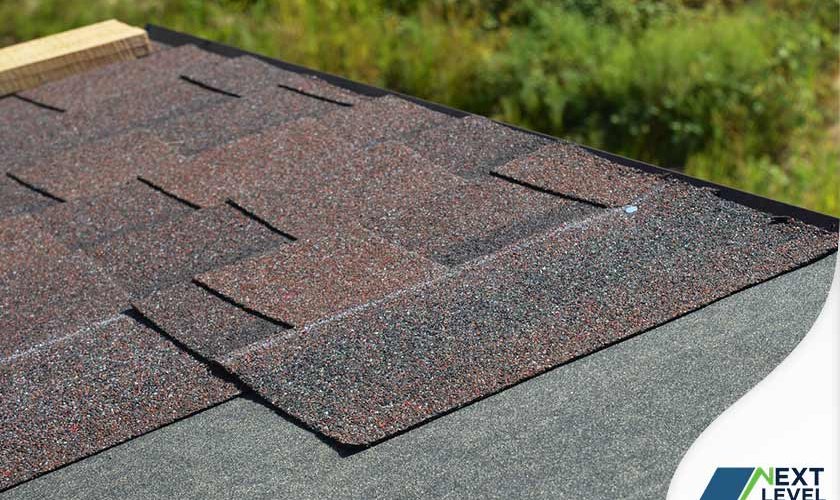Roof replacement can be an expensive and daunting task for homeowners. There are several factors that can influence the cost of a roof replacement, and it’s important to understand these before you start your project. Knowing what to expect will help you make sure your budget is sufficient for the job at hand. In this blog post, we’ll discuss some of the common factors that increase the cost of a roof replacement in Orlando, FL. We’ll also share some strategies for
So you’ve decided to have your old roof replaced with a new one. For this endeavor, you must make sure that every aspect of this project must be considered carefully. One important thing to focus on is the team of experienced roofers you’ll be hiring for the job. You’ll encounter local roofing companies, and that alone can be overwhelming given the sheer number of them looking to earn your business.
If you want to keep your roof in good condition throughout its lifespan, it needs to be maintained regularly by a professional residential roofing services provider. They’ll know how to address any forms of and damage to keep your roof intact.
If you notice that your asphalt shingle roof looks a bit wavy or rippled, it must be checked closely to determine whether it’s an issue that needs to be taken care of. Choosing to ignore this may cause further damage to your home, after all. It should also be done by professional contractors as they can give a more detailed assessment of your roofing problems and suggest what works best to solve them.
Roofs can be so complex that most homeowners could still be unfamiliar with their layers. While these have significant roles in ensuring your property is safe as a whole, it’s helpful to be mindful of their features. One of these components includes an underlayment. Today, we’ll talk you through the basics of underlayment and what causes its decline.





